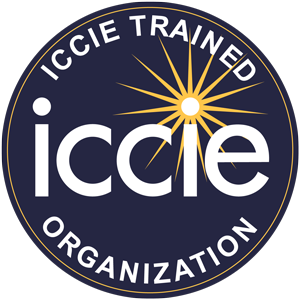Captive insurance companies insure the risks of their owners, as well as the risks of related or affiliated firms. They generate income through underwriting and investments, which typically go to a traditional insurance company. The insured parties most often (but not always) own the captive primarily organized to fund the insureds’ risks while actively participating in decisions that influence its underwriting, operations, and investments.
There are several types of captive insurance companies, including:
- Single-Parent Captives: Also called pure captives, these are companies with a single owner who receives insurance coverage. A risk manager or financial officer typically monitors them at the parent company.
- Association Captives: This type of captive is formed by a pre-existing association to provide insurance coverage for its members. Ownership rests with the association or individual members.
- Industry Captives: Industry captives are owned by companies within the same industry that joined together to solve an insurance coverage problem.
- Agency Captives: An agency-owned captive is a reinsurance company owned by an agent or group of agents. Brokers or intermediaries form these for their clients.
- Rent-a-Captive: A rent-a-captive insures the risks of its renters and returns underwriting profit and investment income participation to the insureds. This is a popular option for entities wishing to establish a self-insurance program without the capitalization required for their own captive.
- Group Captive: A group captive is a type of captive insurance company that a group of unrelated companies jointly owns to share risks and reduce insurance costs. Group members pool their risks together and share in the underwriting profits and losses.
- Protected Cell Companies: Protected cell companies (PCCs) are similar to rent-a-captives but with a special difference. PCCs guarantee that each “cell” within the company will be shielded not only from sharing capital and surplus with other cell owners but also from any legal action against the cell’s assets.
Captive insurance companies provide a means for companies to insure their risks while maintaining control over their insurance programs. The various types of captives offer unique benefits to companies based on their specific needs and circumstances. If you’re considering captive insurance for your business, contact Helio to ensure that you make the best decision for your company. With the right guidance, a captive insurance program can be an excellent solution for managing risk and lowering insurance costs.



